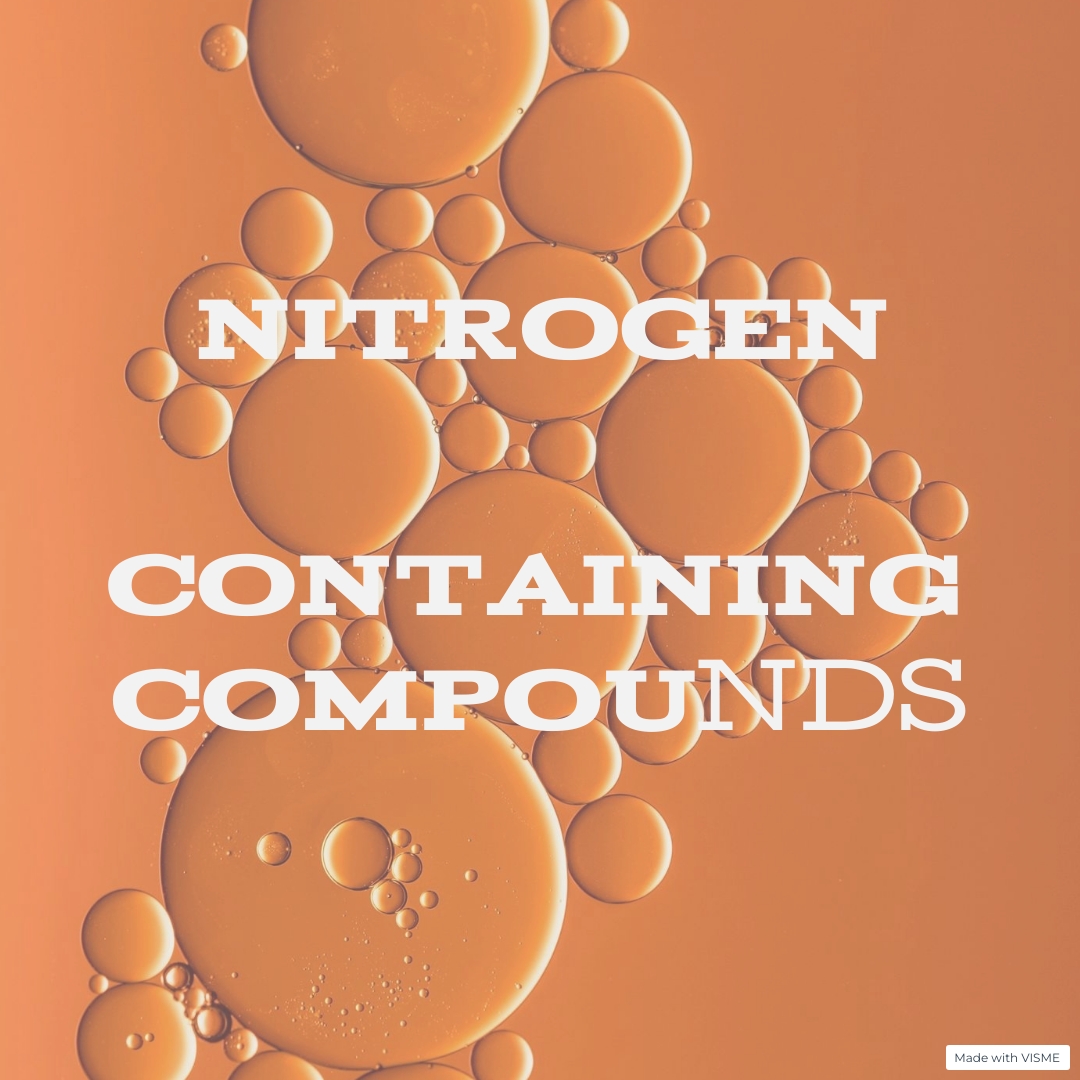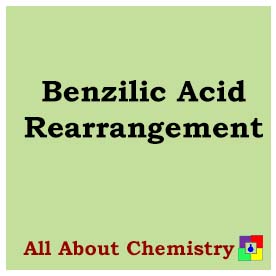The Curtius rearrangement is a chemical reaction named after the German chemist Theodor Curtius. It involves the conversion of acyl azides (RCO-N3) into isocyanates (RNCO) via a rearrangement process. This rearrangement is particularly useful in organic synthesis for the preparation of isocyanates, which serve as versatile intermediates in various chemical transformations.
The general reaction scheme for the Curtius rearrangement can be represented as follows:
RCO-N3→RNCO
The mechanism of the Curtius rearrangement typically involves several steps:
- Formation of Acyl Azide: The reaction begins with the synthesis of an acyl azide from the corresponding carboxylic acid. This can be achieved by treating the carboxylic acid with sodium azide (NaN3) in the presence of a suitable activating agent, such as dicyclohexylcarbodiimide (DCC) or diphenylphosphoryl azide (DPPA). The nucleophilic azide attacks the carbonyl carbon of the carboxylic acid, leading to the formation of the acyl azide.
- Rearrangement: The acyl azide then undergoes a rearrangement process known as the Curtius rearrangement. In this step, the nitrogen atom adjacent to the acyl group migrates to the carbonyl carbon, resulting in the expulsion of nitrogen gas (N2). This process leads to the formation of an isocyanate intermediate.
- Stabilization of Isocyanate: The isocyanate intermediate may undergo further reactions depending on the reaction conditions and the presence of other functional groups. Isocyanates are typically stabilized through coordination with a suitable Lewis acid or by reaction with a nucleophile to form a carbamate derivative.
Overall, the Curtius rearrangement provides a convenient and efficient method for the synthesis of isocyanates from readily available starting materials. Isocyanates obtained via the Curtius rearrangement can be further elaborated to form a wide range of compounds, including ureas, carbamates, and heterocycles, making this reaction valuable in organic synthesis.

The Curtius rearrangement finds several applications in organic synthesis due to its ability to convert acyl azides into isocyanates, which serve as versatile intermediates in various chemical transformations. Some key applications of the Curtius rearrangement include:
- Synthesis of Carbamates and Ureas: Isocyanates obtained from the Curtius rearrangement can react with alcohols or amines to form carbamates and ureas, respectively. These compounds have widespread applications in medicinal chemistry, agriculture, and materials science.
- Preparation of Heterocycles: Isocyanates generated via the Curtius rearrangement can undergo cyclization reactions to form a variety of heterocycles, such as carbamoylazoles, carbamoylimidazoles, and carbamoylpyridines. These heterocycles are important motifs in pharmaceuticals and agrochemicals.
- Peptide Synthesis: The Curtius rearrangement has been employed in the synthesis of peptide isocyanates, which are useful intermediates for the preparation of peptide mimetics and peptidomimetic drugs. Isocyanates can react with amino acids or peptides to form peptide isocyanates, which can undergo further transformations to introduce diverse functionalities.
- Polymer Chemistry: Isocyanates derived from the Curtius rearrangement are key building blocks in the synthesis of polyurethane polymers. They can react with polyols to form polyurethane materials with a wide range of properties, including flexibility, strength, and thermal stability.
- Synthesis of Isocyanate-Based Reagents: Isocyanates obtained from the Curtius rearrangement can be further modified to generate a variety of isocyanate-based reagents, such as isocyanate-functionalized polymers, surfactants, and catalysts. These reagents find applications in coatings, adhesives, and specialty chemicals.
- Natural Product Synthesis: The Curtius rearrangement has been utilized in the total synthesis of natural products and complex molecules. Isocyanates can serve as versatile intermediates for the construction of key structural motifs found in natural products, enabling the efficient synthesis of these compounds.
Overall, the Curtius rearrangement is a valuable synthetic tool with diverse applications in organic synthesis, pharmaceuticals, materials science, and polymer chemistry. Its ability to generate isocyanates, which are versatile building blocks for the synthesis of a wide range of compounds, makes it an important reaction in modern organic chemistry.








